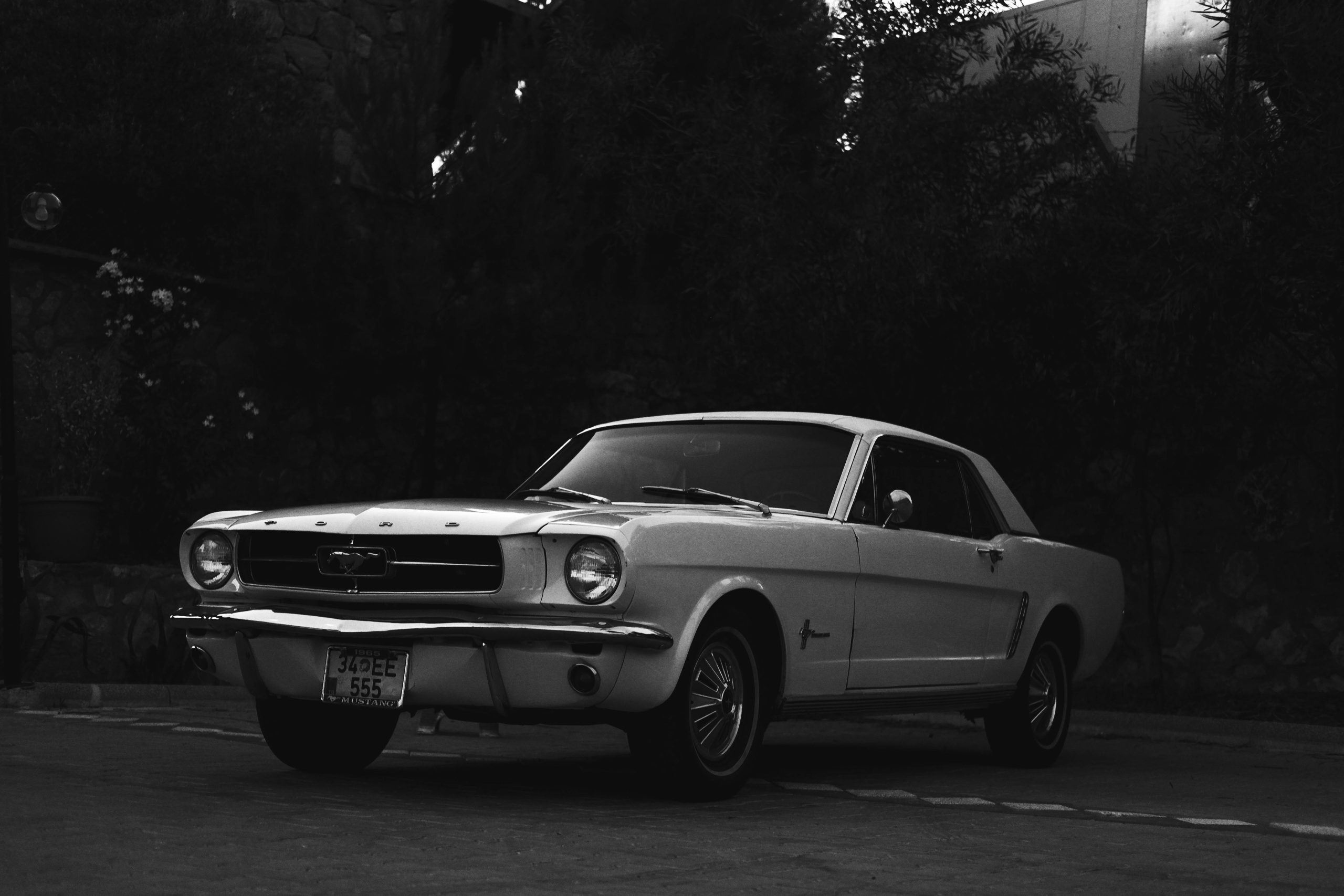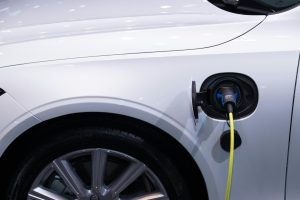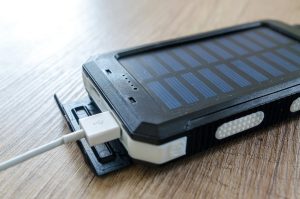Retro EV Conversions: Turning Classic Cars into Electric Icons
Welcome to the world of Retro EV conversions, where classic cars are transformed into electric icons. In an era where sustainability and eco-friendliness are becoming increasingly important, more and more car enthusiasts are turning to electric vehicles (EVs) as a way to reduce their carbon footprint. But what about those who have a passion for classic cars? Thanks to Retro EV conversions, they can now have the best of both worlds: a vintage aesthetic with modern, green technology. In this article, we will explore the world of Retro EV conversions and how they are revolutionizing the classic car industry.
What is a Retro EV conversion?
Simply put, a Retro EV conversion is the process of taking a classic car and replacing its traditional combustion engine with an electric motor and battery pack. This allows the car to run purely on electricity, eliminating the need for gas or diesel. The process usually involves removing the internal combustion engine, fuel tank, and exhaust system, and replacing them with an electric motor, battery pack, and charging system.
The benefits of Retro EV conversions
There are several benefits to converting a classic car into an electric vehicle. The most obvious one is the positive impact on the environment. By ditching the gas-guzzling engine, Retro EVs produce zero emissions, making them much more eco-friendly than their traditional counterparts. This not only reduces the owner’s carbon footprint but also contributes to the global effort to combat climate change.
Retro EV conversions also offer a more efficient and cost-effective way of driving. EVs are known for their high torque, which means they can accelerate quickly and maintain top speed with ease. This makes them a fun and exciting driving experience. Moreover, since electric cars have fewer moving parts than traditional cars, they require less maintenance, resulting in lower operating costs for the owner.
The process of converting a classic car into an electric vehicle
Converting a classic car into an EV is a complex process that requires the skills and expertise of experienced professionals. The process involves removing the entire internal combustion engine, along with its peripherals, from the classic car. The vintage car’s body, transmission, and wheels are then carefully examined and upgraded to ensure they are compatible with the new electric motor and battery pack.
The most crucial and time-consuming part of the conversion is determining the appropriate electric motor and battery pack. The size and weight of the battery pack, as well as the power and torque output of the electric motor, must be carefully selected to match the vintage car’s specifications. This process requires a thorough understanding of both the classic car and EV technologies.
The resurgence of vintage cars
In recent years, there has been a resurgence of interest in vintage cars, with many car enthusiasts seeking to add them to their collection. However, as governments around the world begin to impose stricter emissions regulations, vintage car owners are facing increasing challenges in keeping their vehicles on the road. This is where Retro EV conversions come in, providing a solution for vintage car owners to continue enjoying their classic cars while also complying with emissions standards.
Moreover, Retro EV conversions have opened up opportunities for classic car owners to drive their vehicles in cities and areas that have implemented zero-emissions zones. In many cities, gas-powered cars are not allowed within certain areas, making it nearly impossible for classic car owners to enjoy a drive in the city. With a Retro EV conversion, these vintage cars can now enter these zero-emission zones without any emission concerns.
The future of Retro EV conversions
The market for Retro EV conversions is small but steadily growing. As technology continues to advance, it is becoming easier and more accessible to convert classic cars into electric vehicles. With major car manufacturers investing in the development of EVs, it is only a matter of time before Retro EV conversions become more mainstream.
Furthermore, the future of Retro EV conversions is not limited to just classic cars. Many companies are already experimenting with converting other types of vehicles, such as buses and trucks, into electric vehicles. These conversions will not only reduce emissions but also improve the air quality in cities, making them more livable for everyone.
In conclusion
Retro EV conversions are transforming the classic car industry and providing a greener, more efficient, and more sustainable option for driving. With the rising popularity and demand for electric vehicles, we can expect to see more and more classic cars being converted to electric icons. As we move towards a more sustainable future, Retro EV conversions are a step in the right direction, preserving classic cars while also reducing our environmental impact.











